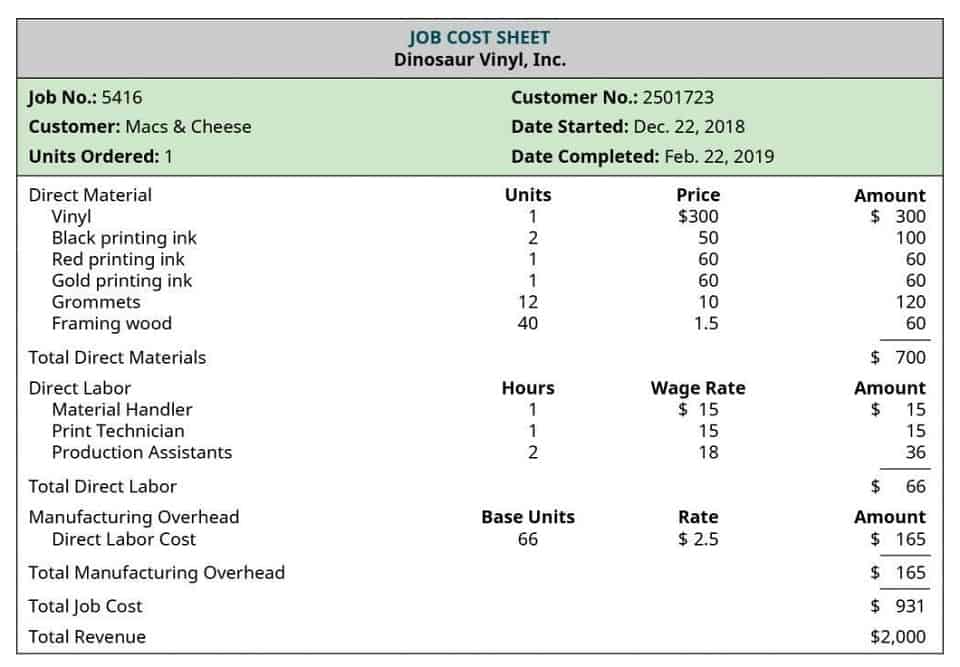Content
- How to prepare your bank reconciliation statement
- Step #1: Match Each Item On the Bank Statement With Every Item in Your Company’s Cash Account
- Bank Reconciliations: Everything You Need to Know
- How to use bank reconciliation software
- Identifying Accounting Errors
- How Do You Reconcile a Bank Statement?

Our build vs. buy calculator will help you to make the best possible decision for your business. Harold Averkamp (CPA, MBA) has worked as a university accounting instructor, accountant, and consultant for more how to prepare a bank reconciliation than 25 years. This transaction results in the bank’s assets decreasing by $1,000 and its liabilities decreasing by $1,000. However, there can be situations where your business has overdrafts at the bank.
So, this means there is a time lag between the issue of cheques and its presentation to the bank. However, there might be a situation where the receiving entity may not present the cheques issued by your business to the bank for immediate payment. Not Sufficient Funds (NSF) refers to a situation when your bank does not honour your cheque. This is because the current account on which the cheque is drawn does not have sufficient funds to honour the cheque. In this guide, we’ll explain exactly why doing a bank reconciliation is so important, and give you step-by-step instructions on how to complete one. Here’s an example of how By the Bay Contracting’s bank reconciliation would look.
How to prepare your bank reconciliation statement
A deposit in transit is typically a day’s cash receipts recorded in the depositor’s books in one period but recorded as a deposit by the bank in the succeeding period. The most common deposit in transit is the cash receipts deposited on the last business day of the month. Normally, deposits in transit occur only near the end of the period covered by the bank statement. For example, a deposit made in a bank’s night depository on May 31 would be recorded by the company on May 31 and by the bank on June 1.

However, there may be a situation where the bank credits your business account only when the cheques are actually realised. However, in the bank statement, such a balance is showcased as a debit balance and is known as the debit balance as per the passbook. Remember that items such as outstanding checks do not need be recorded into the G/L since https://www.bookstime.com/articles/sage-50cloud they are already there. However, anything that affects the G/L such as unexpected deposits, interest income, or service fees will need to be recorded. The easiest way to find these adjustments when completing a bank reconciliation is to look at the bank fees. You’ll also want to look at any miscellaneous deposits that haven’t been accounted for.
Step #1: Match Each Item On the Bank Statement With Every Item in Your Company’s Cash Account
As a result, the bank debits the amount against such dishonored cheques or bills of exchange to your bank account. There are times when your business entity deposits a cheque or draws a bill of exchange discounted with the bank. However, such deposited cheques or discounted bills of exchange drawn by your business entity get dishonored on the date of maturity.
- However, you typically only have a limited period, such as 30 days from the statement date, to catch and request correction of errors.
- Check deposits can be challenging for businesses during reconciliation.
- Deposits in transit are amounts that are received and recorded by the business but are not yet recorded by the bank.
- Finally, when all such adjustments are made to the books of accounts, the balance as per the cash book must match that of the passbook.
- While expensing out the missing amount is an option, it is not the recommended approach.
First, make sure that all of the deposits listed on your bank statement are recorded in your personal record. If not, add the missing deposits to your records and your total account balance. Tally’s auto bank reconciliation is designed to perform the bank reconciliation exactly in the same way you use to do it manually.
